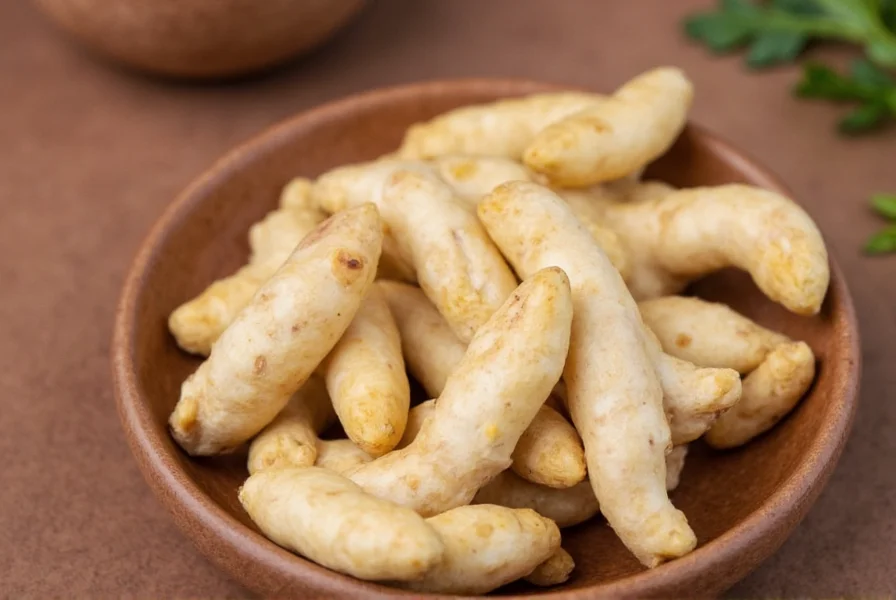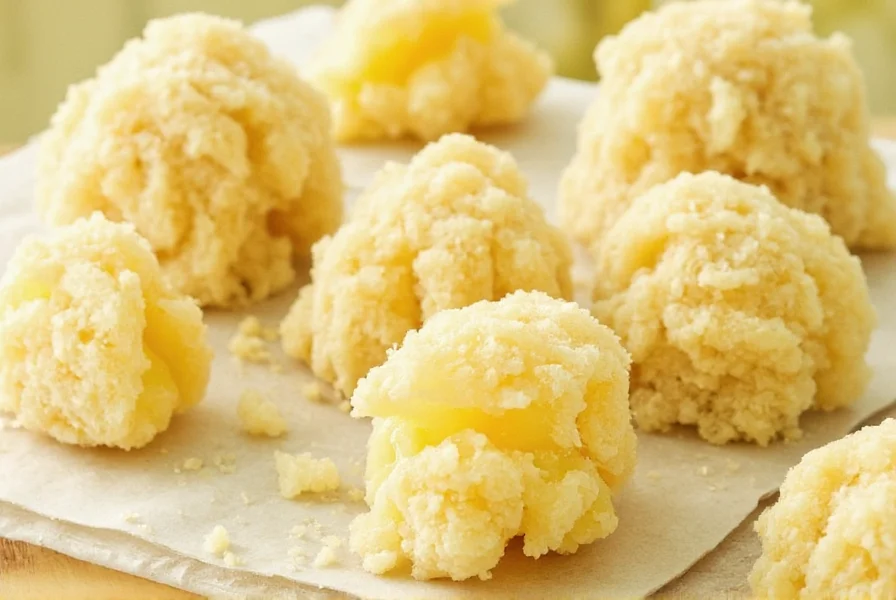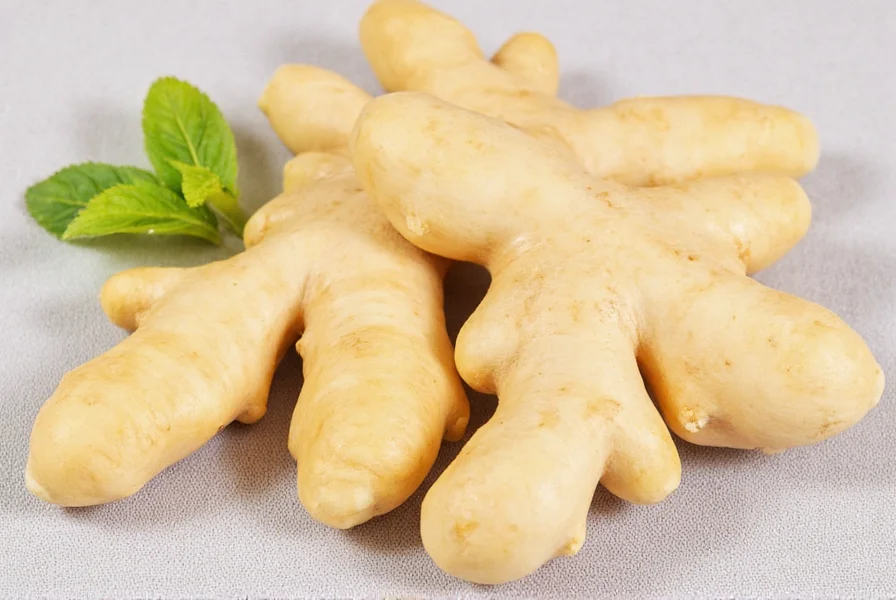Understanding the properties and uses of ginger shell transforms how home cooks and health-conscious individuals approach this versatile root. Unlike many vegetable peels that get tossed, ginger's outer layer holds significant nutritional density that shouldn't be overlooked. The shell contains higher concentrations of certain beneficial compounds compared to the inner flesh, making it worth considering in your culinary and wellness routines.
What Exactly Is Ginger Shell?
Ginger shell refers to the papery outer skin covering the rhizome (underground stem) of the ginger plant (Zingiber officinale). This protective layer ranges from pale yellow to light brown depending on the ginger variety and growing conditions. Unlike thicker-skinned roots like potatoes, ginger shell is remarkably thin—often just 0.5-1 millimeter thick—yet packed with bioactive compounds.
The shell develops as the ginger matures underground, forming a natural barrier against soil pathogens and moisture loss. In younger ginger varieties (often called spring ginger), the shell remains tender and nearly translucent. As ginger ages, the shell thickens slightly and becomes more fibrous—a characteristic that influences how you might use it in cooking.

Nutritional Composition of Ginger Shell
Research reveals that ginger shell contains higher concentrations of certain beneficial compounds than the inner flesh. A 2022 phytochemical analysis published in the Journal of Agricultural and Food Chemistry found that the outer layer contains approximately 20% more gingerols—the primary bioactive compounds responsible for ginger's health benefits—compared to the inner tissue.
| Compound | Concentration in Shell | Concentration in Inner Flesh |
|---|---|---|
| Gingerols | 24.7 mg/g | 20.3 mg/g |
| Dietary Fiber | 18.2% | 12.6% |
| Antioxidant Activity | 35% higher | Baseline |
This nutritional profile makes ginger shell particularly valuable for those seeking maximum health benefits from their ingredients. The higher fiber content supports digestive health, while the concentrated antioxidants help combat oxidative stress. However, these benefits come with important considerations regarding proper preparation and sourcing.
Culinary Applications of Ginger Shell
Professional chefs and home cooks increasingly recognize the culinary potential of ginger shell. When properly prepared, it adds nuanced flavor and texture to various dishes. Here's how to incorporate ginger shell effectively:
- Infusions and broths: Whole ginger pieces with skin intact create more complex flavor profiles in soups, stocks, and tea. The shell releases compounds slowly during simmering.
- Grated applications: For recipes requiring finely grated ginger (like marinades or dressings), keeping the skin on increases yield and nutritional value.
- Candied ginger: The shell provides pleasant textural contrast in candied preparations when properly cleaned.
- Preserved ginger: In pickling or preserving, the skin helps maintain structural integrity during the preservation process.
When using ginger shell in recipes, thorough cleaning becomes essential. A soft vegetable brush and cold running water effectively remove surface contaminants without damaging the delicate skin. For conventional ginger, a vinegar-water soak (1:3 ratio) for 10 minutes provides additional cleaning.
Medicinal Properties and Traditional Uses
Traditional medicine systems worldwide have long utilized ginger shell for specific therapeutic applications. Ayurvedic practitioners historically used unpeeled ginger in certain preparations to enhance bioavailability of active compounds. Traditional Chinese Medicine texts reference the shell's "warming" properties being more concentrated in the outer layer.
Modern research supports some of these traditional applications. Studies indicate that ginger shell contains higher concentrations of shogaols—compounds formed when gingerols are exposed to heat or drying—which demonstrate potent anti-inflammatory effects. This explains why many traditional ginger tea preparations call for bruising or lightly crushing the root with skin intact.
For digestive applications, the additional fiber in the shell may enhance ginger's natural carminative effects. However, those with sensitive digestive systems might prefer peeled ginger for certain medicinal preparations, as the extra fiber could potentially cause discomfort in some individuals.
Practical Handling and Preparation Techniques
Mastering ginger shell preparation ensures both safety and maximum benefit. Follow these evidence-based techniques:
- Selection: Choose firm, smooth ginger roots with tight skin. Wrinkled skin indicates age and potential drying.
- Cleaning protocol: Scrub gently with a vegetable brush under cold running water. For conventional ginger, soak in a vinegar solution (1 part vinegar to 3 parts water) for 10 minutes.
- Drying: Pat dry thoroughly before use to prevent microbial growth.
- Storage: Store unpeeled ginger in a paper bag in the refrigerator's vegetable drawer for up to three weeks.
- Freezing: Freeze whole unpeeled ginger for later use—frozen ginger peels more easily with a spoon.
When deciding whether to peel ginger, consider these evidence-based guidelines:
- Keep the peel on organic ginger with thin, smooth skin for most applications
- Peel conventional ginger when making smooth purees or dishes where texture matters
- Always peel ginger intended for raw consumption if not certified organic
- Leave the skin on when making teas, broths, or slow-cooked dishes

Sustainability Considerations
Utilizing ginger shell aligns with zero-waste cooking principles and reduces food waste significantly. Approximately 15-20% of ginger's total weight consists of the peel—discarding it represents substantial resource waste considering the water, land, and labor invested in ginger production.
When ginger shell enters the waste stream, it contributes to organic waste in landfills where it produces methane—a potent greenhouse gas—as it decomposes. By incorporating the shell into cooking or composting it properly, home cooks can reduce their environmental footprint while maximizing nutritional intake.
For those growing their own ginger, using the entire root including shell creates a closed-loop system where nothing goes to waste. Even when composting ginger scraps, the shell breaks down more quickly than many other vegetable peels due to its thin nature.
Common Misconceptions About Ginger Shell
Several persistent myths surround ginger shell that deserve clarification based on current research:
Misconception: Ginger shell contains harmful toxins
Reality: The shell itself contains no inherent toxins. Any contaminants would come from external sources like pesticides, which proper cleaning removes.
Misconception: Ginger shell is too fibrous to eat
Reality: While slightly more fibrous than the inner flesh, ginger shell becomes tender when cooked properly and is easily digestible for most people.
Misconception: All ginger should be peeled before use
Reality: Peeling removes valuable nutrients and fiber. The decision should be based on ginger type, intended use, and personal preference.
Understanding these facts helps consumers make informed decisions about ginger preparation without unnecessary waste or nutrient loss.
Practical Integration Into Daily Cooking
Incorporating ginger shell into your cooking routine requires minimal adjustment but delivers maximum benefit. Start with these simple applications:
- Add whole unpeeled ginger slices to morning tea for enhanced flavor complexity
- Freeze unpeeled ginger and grate directly into stir-fries or sauces
- Create ginger-infused oil using bruised unpeeled ginger pieces
- Add unpeeled ginger to vegetable stocks for deeper flavor profile
- Make ginger syrup using unpeeled ginger for cocktails or desserts
For those new to using ginger shell, begin with cooked applications where texture matters less, then gradually incorporate it into raw preparations as you become comfortable with the slightly different mouthfeel. The subtle flavor variations and nutritional benefits make this small adjustment well worth the effort.
Is ginger shell safe to eat raw?
Yes, ginger shell is safe to eat raw when properly cleaned. Organic ginger with thin skin works best for raw applications. Thoroughly scrub the ginger under cold running water using a vegetable brush. For conventional ginger, consider peeling when eating raw due to potential pesticide residues.
Does ginger shell have more nutrients than the inner part?
Research shows ginger shell contains approximately 20% higher concentrations of gingerols and significantly more dietary fiber than the inner flesh. The outer layer also demonstrates higher antioxidant activity, making it nutritionally valuable when properly prepared and consumed.
How do I clean ginger shell properly?
Scrub ginger under cold running water using a soft vegetable brush. For conventional ginger, soak in a vinegar-water solution (1 part vinegar to 3 parts water) for 10 minutes before scrubbing. Rinse thoroughly and pat dry. This removes surface contaminants while preserving the delicate skin.
When should I peel ginger instead of using the shell?
Peel ginger when making smooth purees, baby food, or dishes where texture is critical. Also peel conventional ginger for raw applications. Keep the peel on for teas, broths, slow-cooked dishes, and when using organic ginger. Frozen ginger peels more easily with a spoon if needed.
Can I compost ginger shell?
Yes, ginger shell composts readily due to its thin nature. It breaks down faster than many other vegetable peels. Include it in your compost bin to create nutrient-rich soil while reducing food waste. The shell's high fiber content actually benefits the composting process by adding structure to the compost pile.











 浙公网安备
33010002000092号
浙公网安备
33010002000092号 浙B2-20120091-4
浙B2-20120091-4